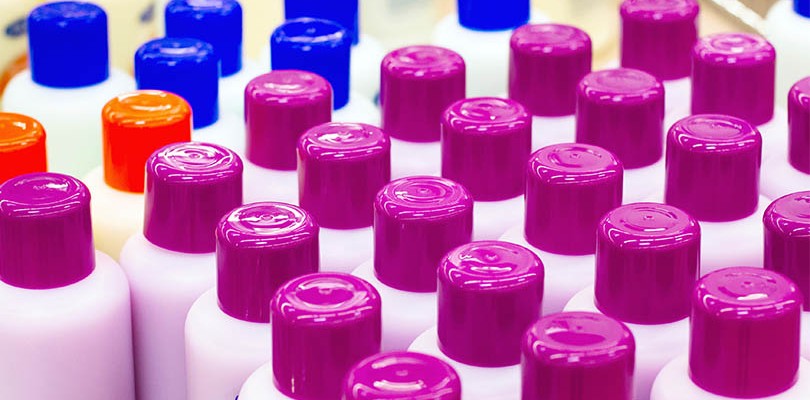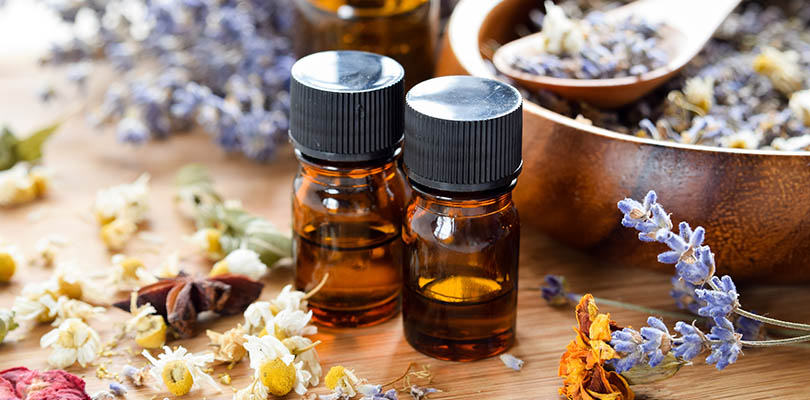
Photo Credit: anyaberkut / istockphoto.com
3. Look Beyond the SPF
For years, sunscreen with SPF 30 and UVB coverage was touted as the most appropriate – anything higher wouldn’t fare any better, anyway. Though there’s some truth to this (most doctors says the protection rises very minimally, if at all, in higher SPFs), it’s only part of the story.
UVB rays are harmful, but so are UVA rays, which penetrate the skin more deeply and can cause dangerous changes in your skin cells. Unfortunately, there are no laws requiring sunscreen brands to advertise their degree of UVA protection, so your best bet is to use a broad-spectrum lotion containing ingredients like zinc oxide, titanium dioxide, and avobenzone.
There are many variables that determine if you get cancer. Start taking small steps to provide you with a higher quality of life and lower your cancer risk.







